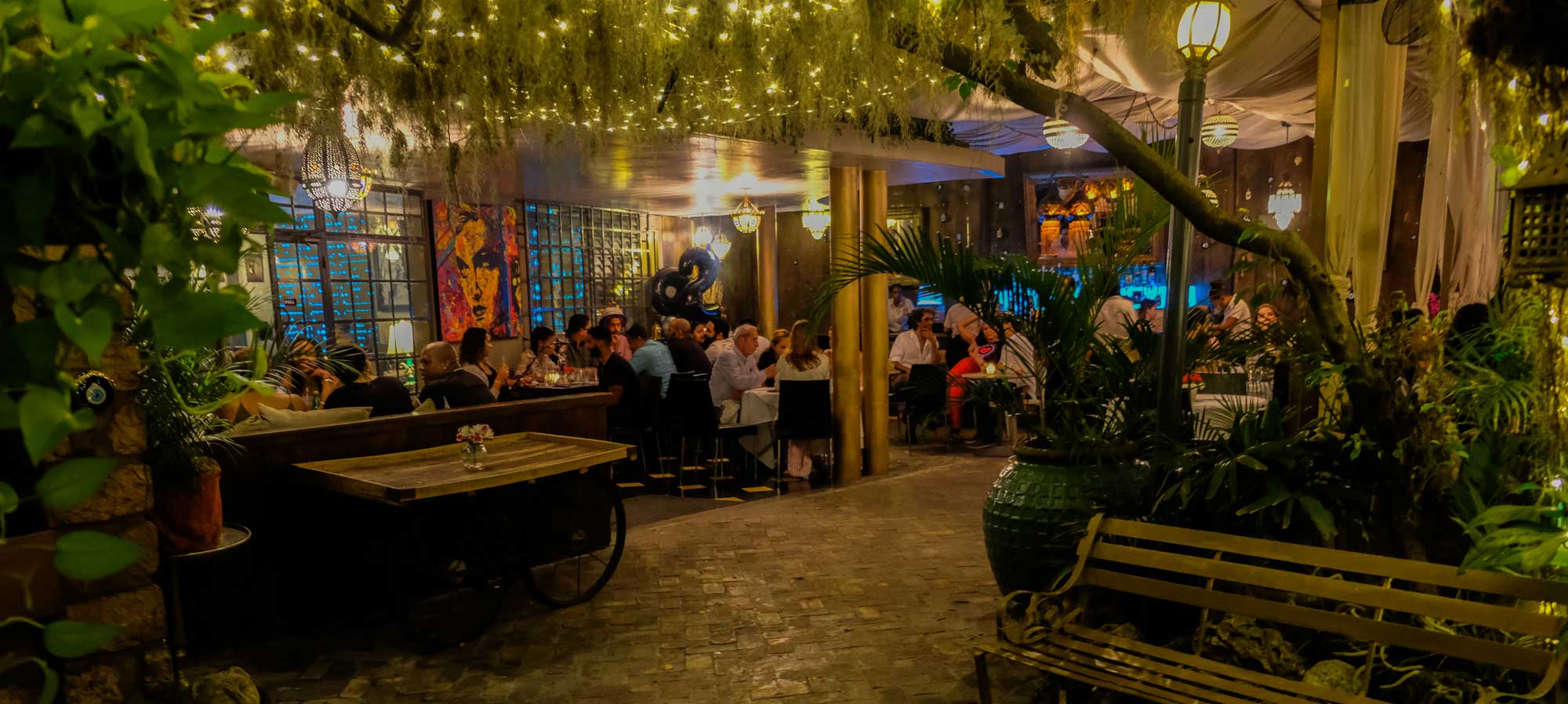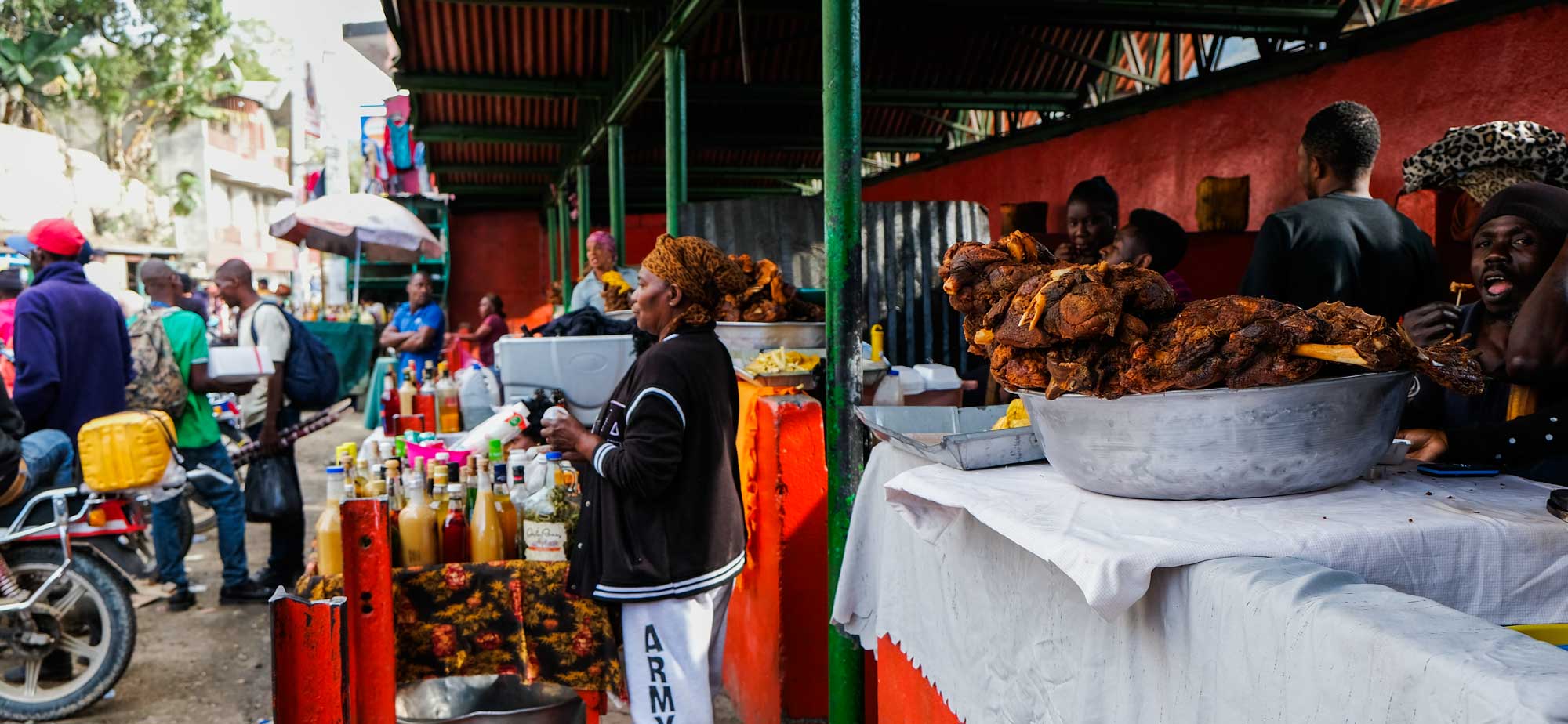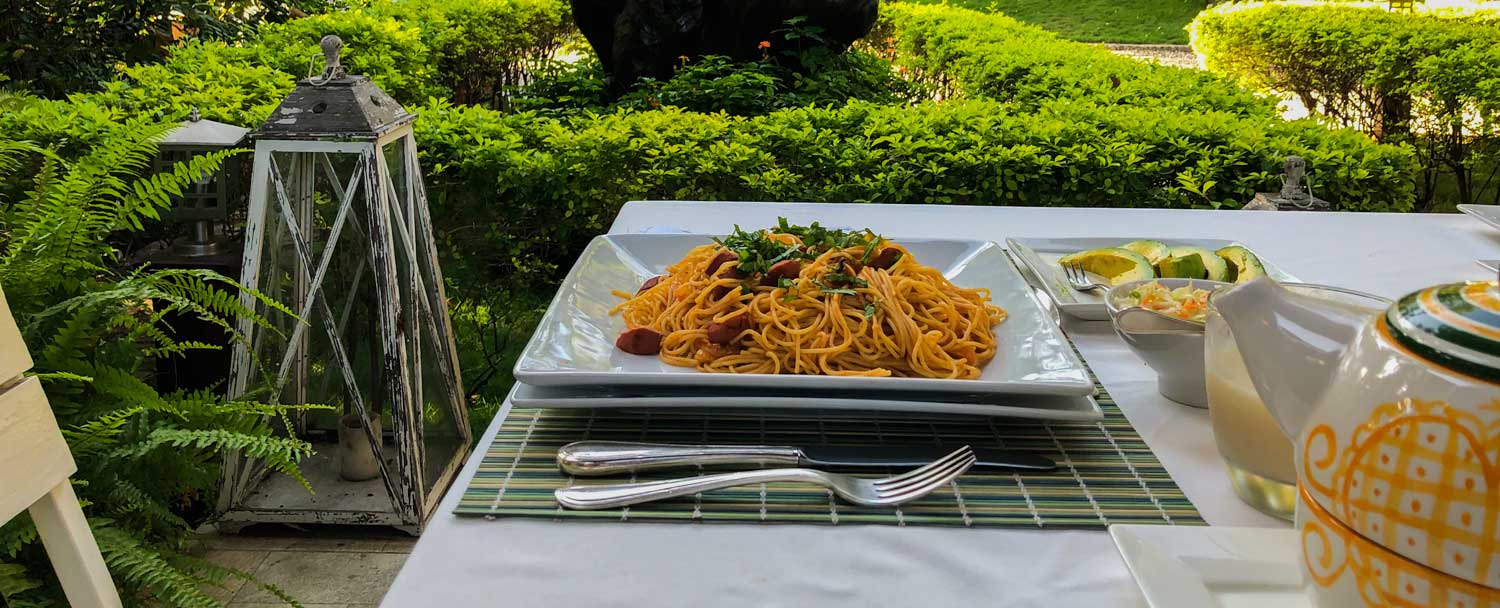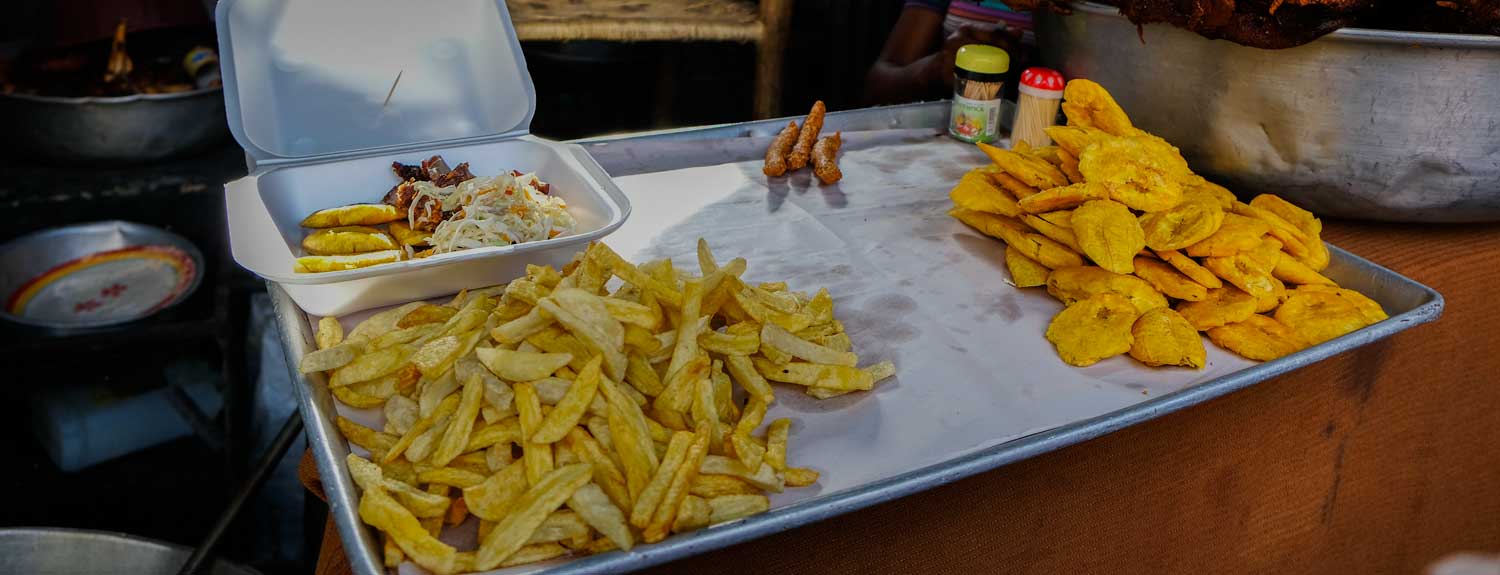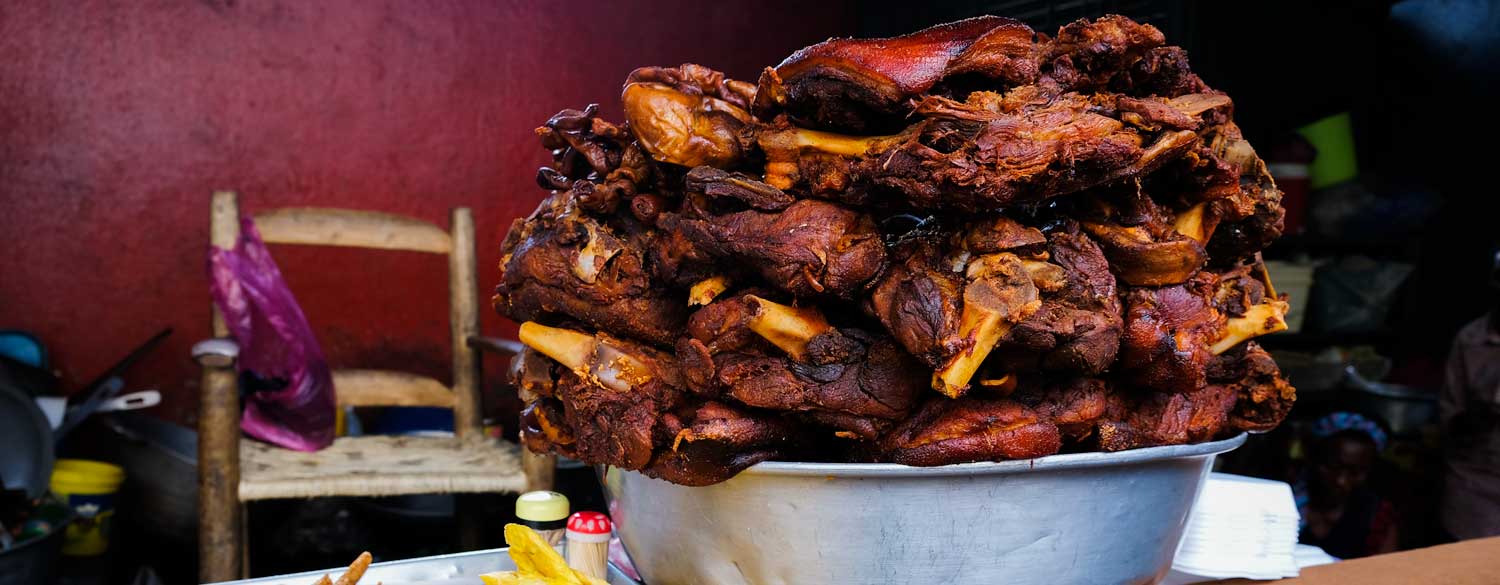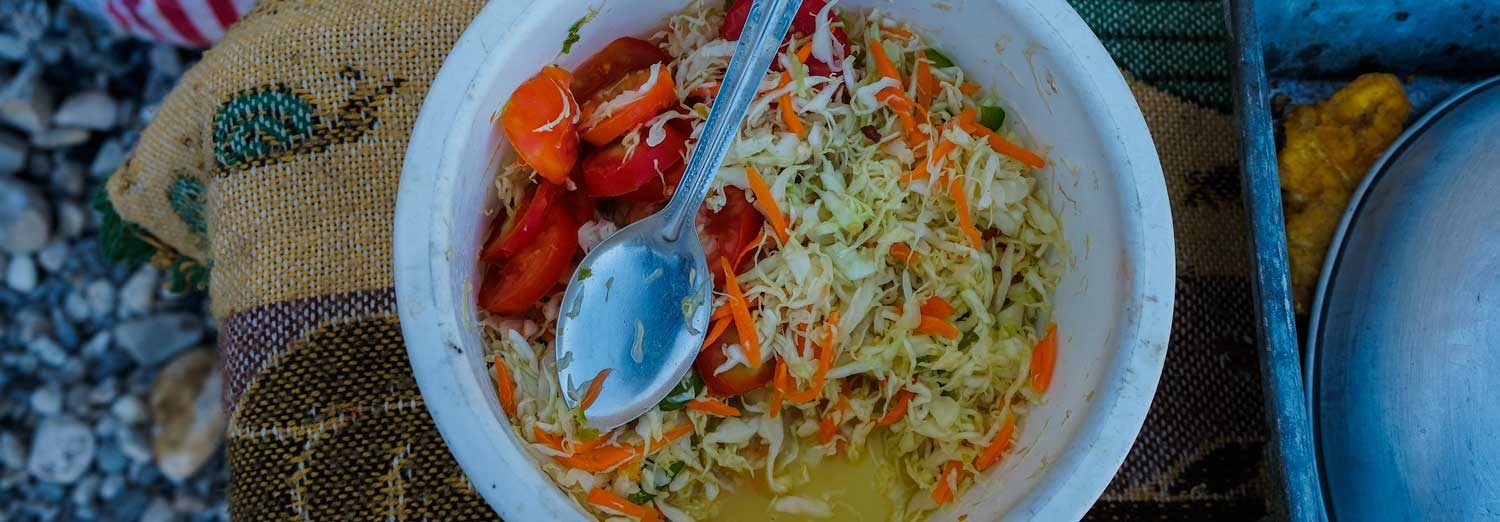
Photo: Vèvè Collections
Seven Haitian Businesses and Brands You Should Know
We’re giving you the lowdown on Haiti’s top entrepreneurs and independent businesses, including art galleries, a woman-owned fashion boutique and delicious local products.
When it comes to loving and repping Haiti everywhere we go, we all know that walking the walk is what really matters. Haitian Heritage Month is in May, but driven, talented, and hard-working Haitians surround us all year long. Making sure that travel pennies are pocketed by people they will directly impact is both extremely important and easy. It’s a great way to support Haiti, to gift something special to a friend, or to carry a little piece of the island with you everywhere you go.
With that in mind, we’re giving you the lowdown on Haiti’s top entrepreneurs and independent brands, including art galleries, a woman-owned fashion boutique and delicious locally-grown chocolate and coffee.
1. Tisaksuk
Tisaksuk is a black-and-woman-owned fashion brand that strives to make traditional Haitian clothing that is usually reserved for cultural events or special occasions more of an everyday habit. The garments feature hand-painted illustrations of Haitian silhouettes, traditional homes, and still life.
2. Mokafe
One of the more popular and dynamic brands of Haitian coffee grown, harvested, and ground in Beaumont, Haiti, Mokafe offers a wide variety of flavored coffee, ranging from their Tanbou (caramel) flavor to their Cap Rouge (chocolate) grind. It’s the perfect way to start your day!
3. Makaya Chocolate
Based in Pétion-Ville, Port-au-Prince, Makaya Chocolate is the brainchild of Ralph Leroy. The chocolatier offers specially catered chocolate tasting experiences at his flagship location in Pétion-Ville, and various flavors of Makaya chocolates are available at supermarkets all throughout Haiti.
4. Kòmsi Like and Colorful Nomad
Coralie Nader is the Haitian woman behind Kòmsi Like, a Haitian women empowerment brand, and Colorful Nomad, a vintage clothing shop. Her style brings a lively, funky flair that appeals to the young, the bold, and the proud in ways that other companies are rarely doing today.
5. Vèvè Collections
Looking for functional fashion pieces that are also art statements? Phelicia Dell’s Vèvè Collections is the place for you. Traditional Vodou vèvè designs are given a new life with stunning, hand-woven beadwork on the side of handbags, dresses, and several other articles of clothing from the designer’s studio.
6. Créations Dorées
Stéphanie Dartigue and Sara Magloire are the beauties and brains behind the Haitian jewelry and footwear brand Créations Dorées. The gorgeous, handmade sandals feature hand-beaded detailing and add a stylish tropical flair to any outfit.
7. Galerie Monnin
Located just 15 minutes outside of Pétion-Ville, Galerie Monnin is a dreamy, almost surreal crossroads where art and Haiti meet for what seems like a moment suspended in time. If you are into collecting art, or into surrounding yourself with beautiful work, this is the place for you.
Alternatively, if you’re not necessarily looking to get anything for yourself or anyone in your life, but just want to support Haiti and Haitians—particularly at this difficult moment in time – we have just what you need! Check out our top recommendations on which charities to donate to, as well as our tips for effective voluntourism.
Written by Kelly Paulemon.
Published October 2021.
Get to Know Haiti a Little Better

Paradise for your inbox
Your monthly ticket to Haiti awaits! Get first-hand travel tips, the latest news, and inspiring stories delivered straight to your inbox—no spam, just paradise.





